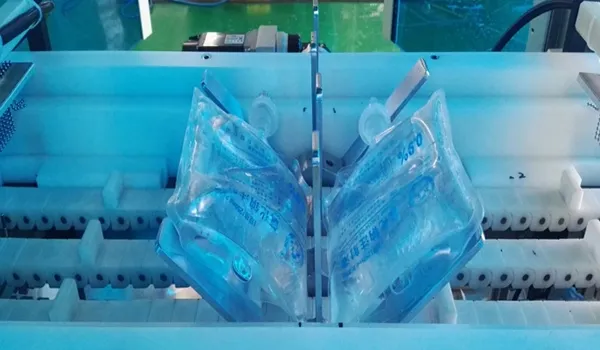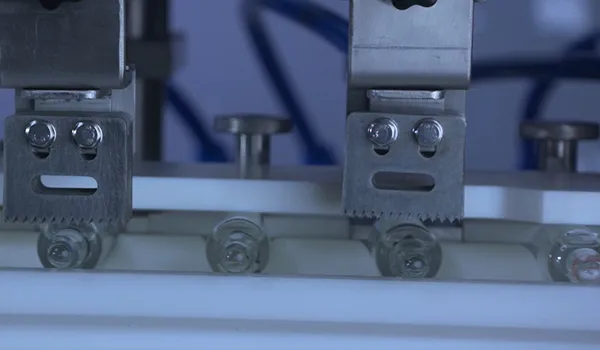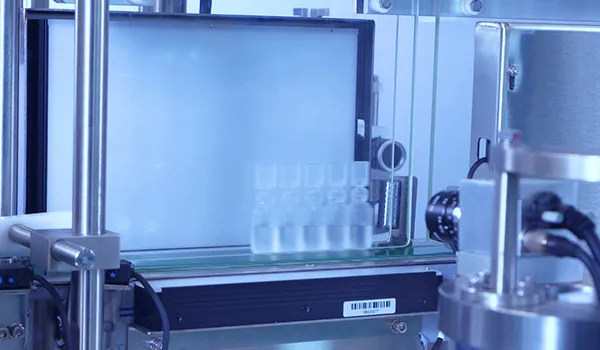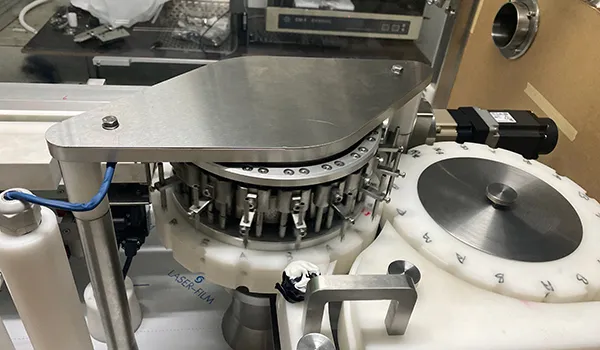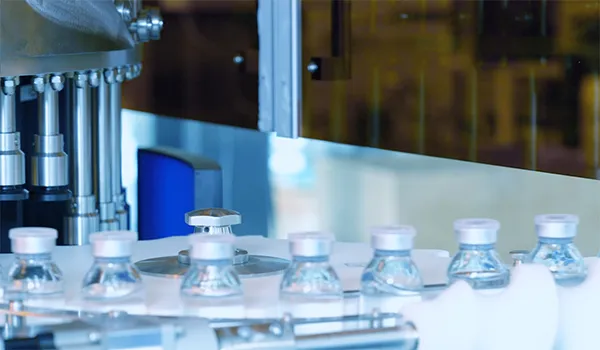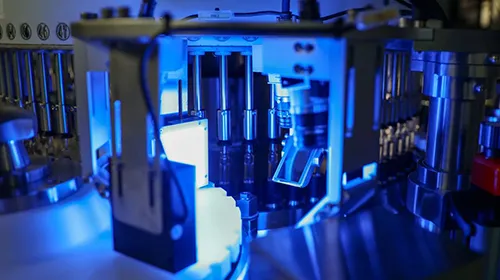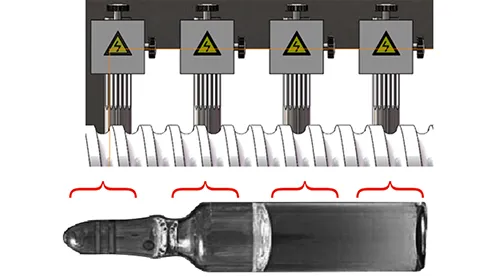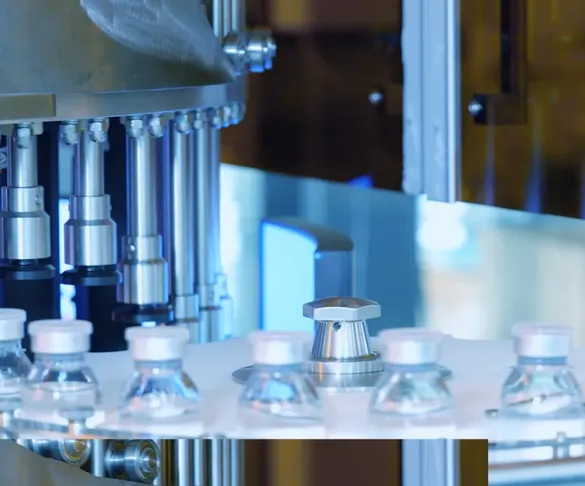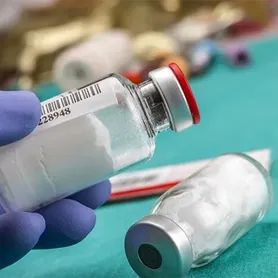Leak Testing Machines
In 2012, Z-ZONE introduced China’s first leak testing machine fully developed in-house, including the mechanical structure, electrical system, and high-frequency high-voltage power supply. To date, we remain the only domestic manufacturer with an independently developed high-voltage power system for this type of equipment. We also participated in drafting the Chinese industry standard for leak testers (Standard No. JB/T20170-2016).
Our leak testing machines are equipped with a modern automation control system that supports automatic bottle feeding, leak testing, and sorting. This reduces the risk of errors and contamination associated with manual handling. The testing system achieves a stable testing speed of up to 600 bottles per minute.
These inspection systems allow real-time process monitoring, along with data logging and analysis, making it easier for pharmaceutical producers to maintain quality control and traceability. By analyzing inspection results, manufacturers can identify potential issues early and make timely adjustments to improve production quality.
Additional safety features, including protective enclosures and emergency stop buttons, are built into the structure. The design also addresses both electrical and mechanical safety standards to ensure stable operation and reduce safety risks during use. Leak testers developed by Z-ZONE are currently used in more than ten countries, including Russia, Indonesia, Iran, Colombia, Pakistan, and Malaysia. They support pharmaceutical companies in maintaining container integrity while improving efficiency and consistency during quality control.
How do non-destructive leak testing machines work without damaging the container?
Most models rely on high voltage leak detection (HVLD), a non-contact method that applies electrical signals through external electrodes. Since there's no direct contact with the liquid or the container interior, there's no risk of contamination during inspection.
Is it easy to operate non-destructive leak testing system?
Yes. Each unit comes with an HMI control panel designed for smooth operation. Even staff with minimal training can manage inspections effectively, thanks to clear visual indicators and intuitive controls that guide them through each step.
What’s the smallest defect size that can be detected?
The non-destructive leak testing equipment is capable of identifying cracks and pinholes as small as 0.2 microns, depending on the container type and conductivity of the liquid.
What type of defects can be detected in IV bags?
The IV bag leak tester is designed to spot leaks caused by micro-holes (≥0.1μm), poor sealing at welded edges, and weak points around ports or outlet tubes. It’s commonly used to inspect soft bags filled with large-volume parenteral.

